| Structure | Name/CAS No. | Articles |
|---|---|---|
 |
Dimethyl sulfoxide
CAS:67-68-5 |
|
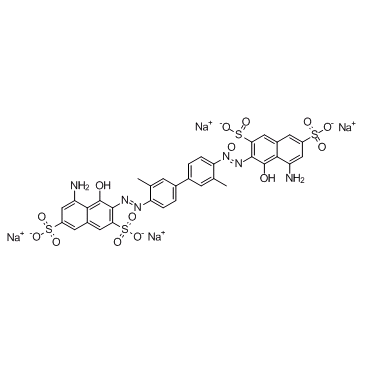 |
Direct Blue 14
CAS:72-57-1 |
|
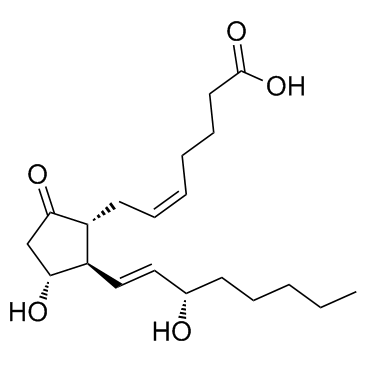 |
Dinoprostone
CAS:363-24-6 |
|
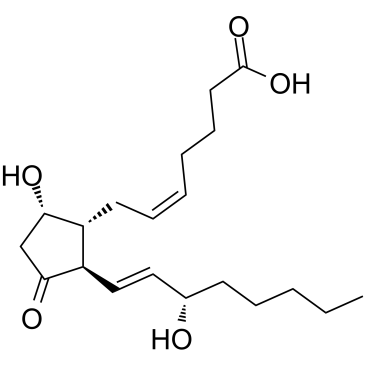 |
Prostaglandin D2
CAS:41598-07-6 |
|
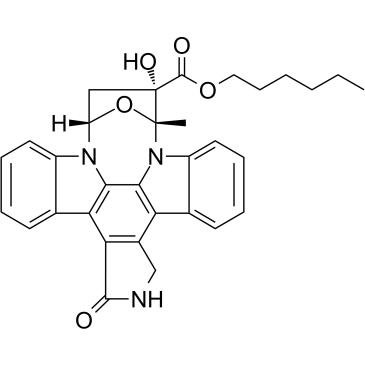 |
KT5720
CAS:108068-98-0 |
|
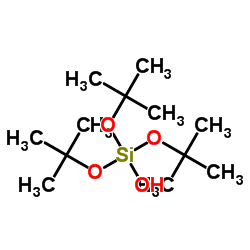 |
Tris(2-methyl-2-propanyl) hydrogen orthosilicate
CAS:18166-43-3 |
|
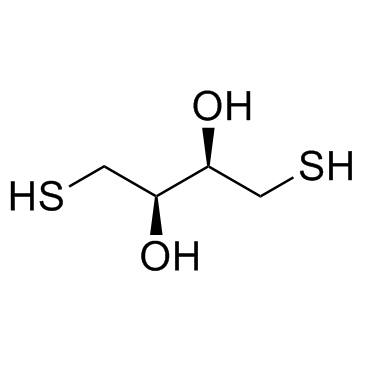 |
DL-Dithiothreitol
CAS:3483-12-3 |
|
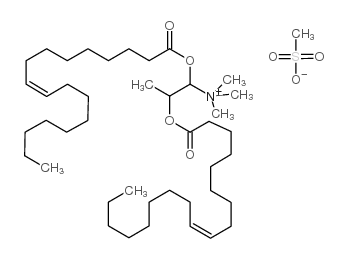 |
DOTAP Transfection Reagent
CAS:144189-73-1 |
|
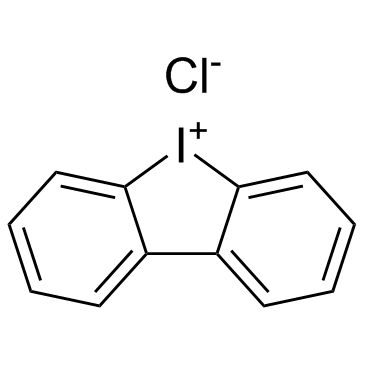 |
Diphenyleneiodonium chloride
CAS:4673-26-1 |
|
 |
8-Octanoyloxypyrene-1,3,6-trisulfonic acid trisodium salt
CAS:115787-84-3 |